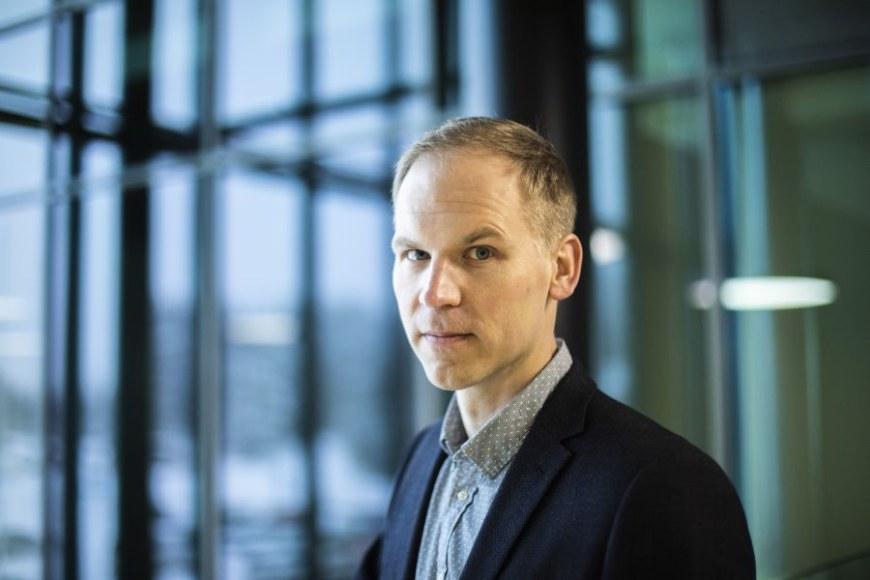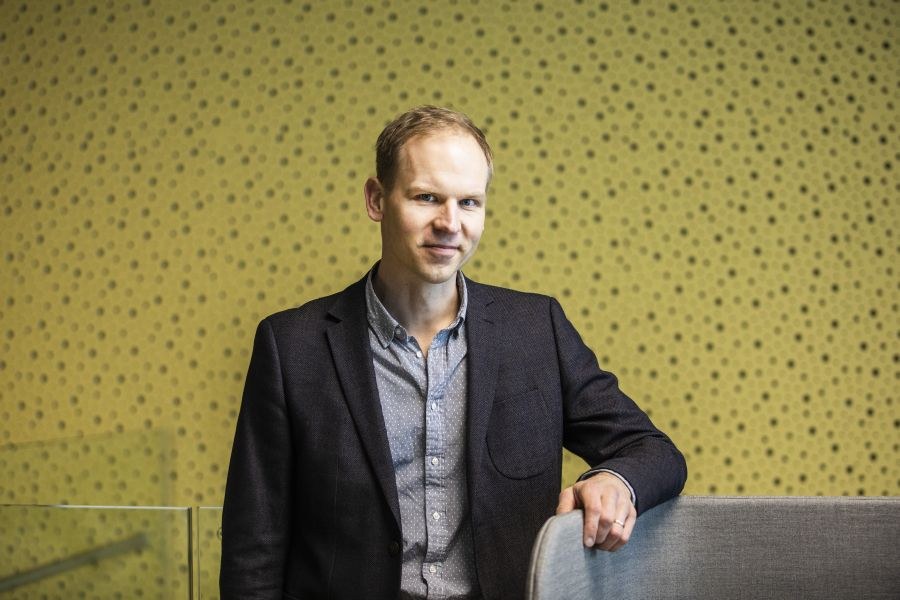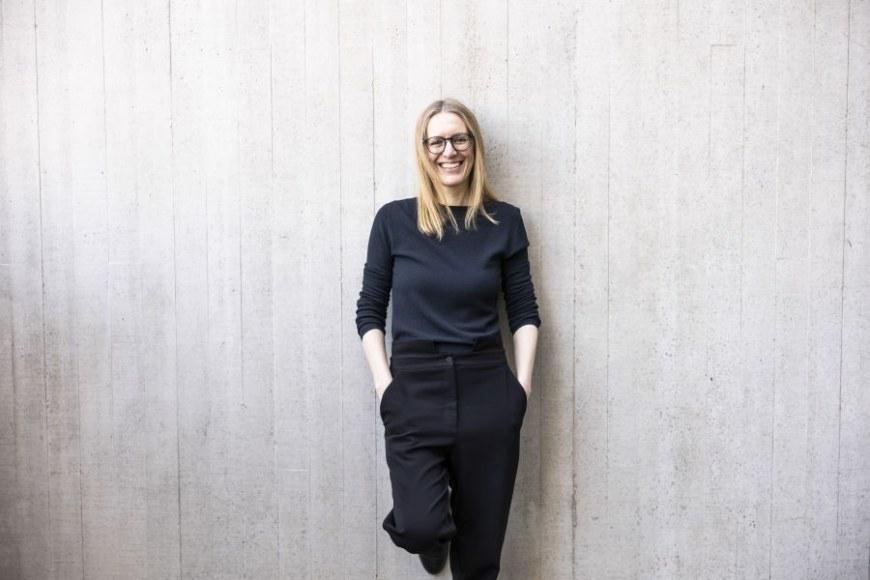Vesa Hytönen trusts the community spirit of science and wants to understand cell communication

An innovative colleague. When you sit down with him, you can easily brainstorm several dissertation projects within an hour. An inspiring and helpful team player. Creates a positive atmosphere and is bursting with excellent ideas.
This is how colleagues describe Vesa Hytönen, a professor of cellular and molecular biology at Tampere University. The responses do not come as a surprise as Hytönen prefers to magnify the value of research collaboration rather than any individual achievements and especially those of his own.
Hytönen researches mechanobiology, which is a new and rapidly evolving field of science. The exotic-sounding field basically seeks to learn about cell signalling. The field explores the way cells interact with their environment, what happens at the molecular level, and how that ultimately explains vital functions and – in cases of disruption – also diseases.
Cells receive mechanical signals throughout their life. Mechanical messages, such as stretching and compression, are known to influence cell behaviour. Cellular structures convert mechanical messages into biochemical and electrical signals. The signals continue to change into functional responses in the cells. Once this process is learned and understood, it is possible to control cell function.
Hytönen’s and his research group’s specific goal is to study protein functions and the signalling mediated by their structural transformation.
“Mechanobiology and -signalling sound a bit highfaluting, but they form the basis for common biological functions, such as the senses of hearing and touch. Both these senses are enabled by mechanosignalling,” Hytönen explains.
Inspired by phenomena and learning from others
Hytönen started his research career at the University of Jyväskylä. He first researched egg proteins, but eggs were not the real reason that sparked his interest in mechanobiology. Already at that time, Hytönen was inspired by colleagues.
“My greatest motivator has always been learning from other researchers and trying to bring in my own contribution. I am not so much motivated by, say, curing diseases. Instead, I am interested in phenomena and how things work. I get inspired when other people present interesting things,” Hytönen says.
For Hytönen, being a researcher is quite a social profession. For him, doing research is largely a team effort, and he jumps from one thing to another quickly and habitually. Hytönen says that he lacks the perseverance and solid goal-orientation that is needed if you want to go really deep, which might involve more working alone.
“Perhaps I feel like an assistant rather than a stand-up ocean surfer catching the high waves,” he says.

However, Hytönen has played a significant role in giving direction to the way in which mechano-biology research has developed at Tampere University. The international strength of research conducted at the University is computational biology, i.e., ways to model phenomena related to cell function. Hytönen became familiar with computational biology in Zürich where he worked as a postdoctoral researcher. He brought the know-how to Tampere University and his research group is now utilising it alongside conducting experimental work.
New insights on cancer therapies
Although mechanobiology as a research field is in Hytönen's words ‘quite niche’, it still has areas of application that can affect all our lives.
Hytönen’s research group has strived to introduce a greater degree of the translational perspective. This means that research topics emerge from everyday needs, and in turn, research results are taken back to the field as quickly as possible. The researchers in Hytönen’s group have had several research projects that have been initiated by patients suffering from diseases that have been related to the individual proteins the group has studied.
“These are very complex and diverse diseases that have a holistic effect on the functioning of the entire body, meaning that they cannot be completely understood from the get-go. However, the challenge this poses motivates us to think ahead,” Hytönen says.
Another area where Hytönen and his colleagues will focus more closely on in the future is the mechanobiology of cancer.
For example, it has been known that a so-called hard tumour in breast cancer often means a bad prognosis. Thanks to research in mechanobiology, we are finally starting to understand what such a tumour does at the cellular and tissue level, and how the microenvironment of cancer and the cancer tissue itself maintain certain kinds of processes.
“When these processes are better understood, treatments can also be considered. On the global level, this could also be an issue which I hope and believe will lead to insights and solutions,” Hytönen points out.
Nature’s well-being and preservation spark an interest
Phenomena and how things work also interest Hytönen outside work.
“I think it is valuable that I understand why something is the way it is even if I do not utilise the information in any way. If I was not a researcher, I would probably be a mechanic. If I understood why some device is malfunctioning, I would probably get the same satisfaction,” Hytönen jokes.
Hytönen is also interested in nature and for him this means more than an average interest. Hytönen is a small-scale farmer, and he also keeps himself up to date on issues related to nature and its preservation. He also thinks about nature issues from a technical point of view, for example, solutions for the preservation of nature in the energy sector.
“This may sound like a boring hobby. However, I think that being aware without being an activist is also a hobby. I want to think in real terms about what we could do for the good of nature on the global level,” Hytönen says.
Vesa Hytönen
-
Completed his doctorate at the University of Jyväskylä in 2005.
-
Worked as a postdoctoral research fellow at the Federal Institute of Technology Zürich ETH in 2005–2007.
-
Academy of Finland Postdoctoral Researcher in 2007–2010.
-
Academy Research Fellow in 2010–2015.
-
Has led the Protein Dynamics research group at Tampere University since 2010.
-
Was appointed as professor of cellular and molecular biology in 2020. Hytönen gave his inaugural lecture at the Faculty of Medicine and Health Technology in January 2024.
Text: Sari Laapotti
Photos: Jonne Renvall






